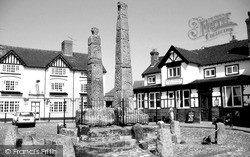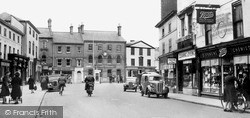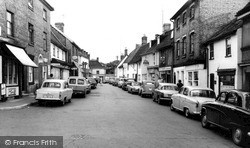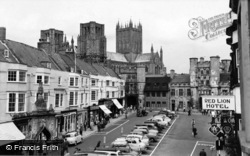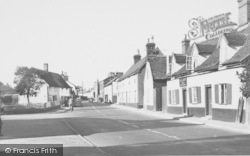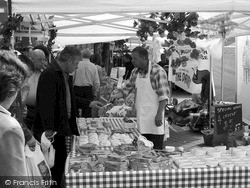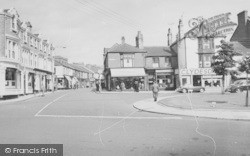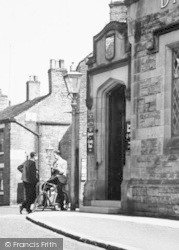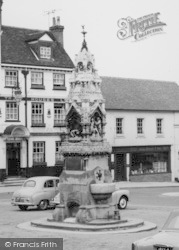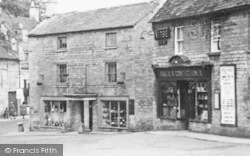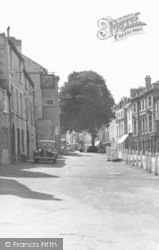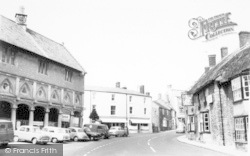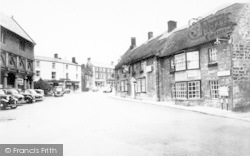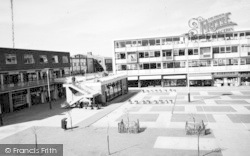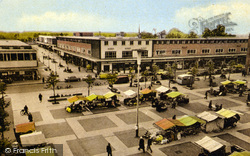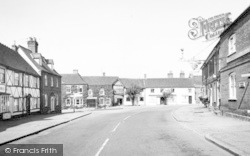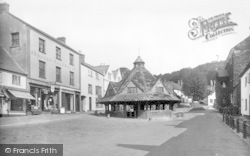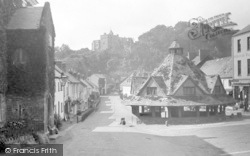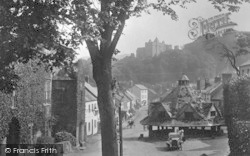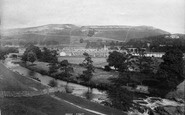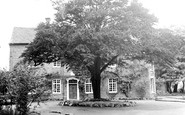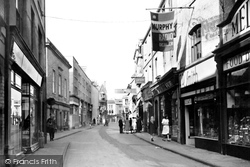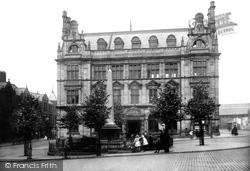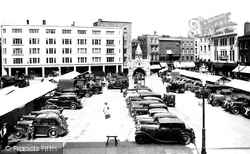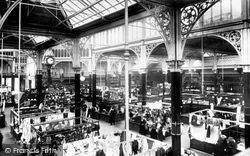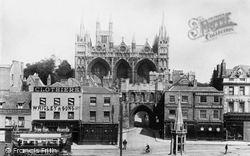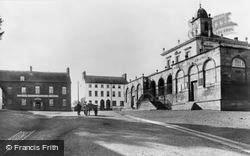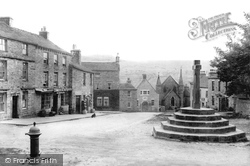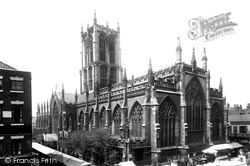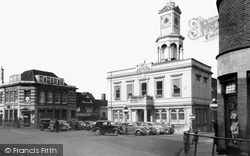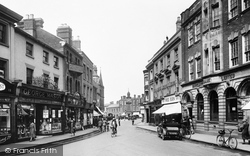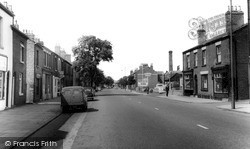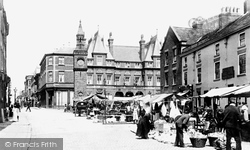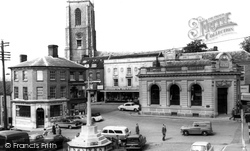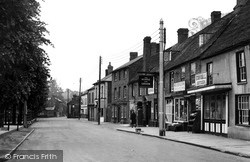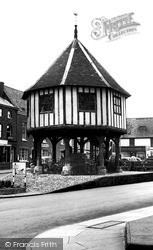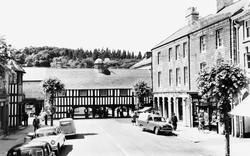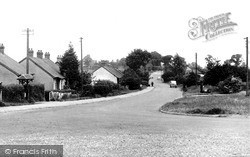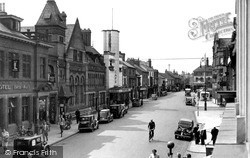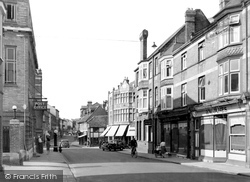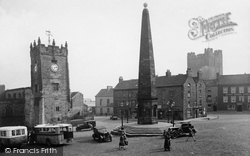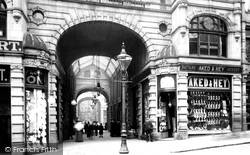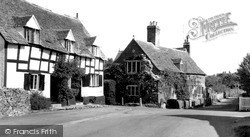Places
31 places found.
Those places high-lighted have photos. All locations may have maps, books and memories.
- Market Harborough, Leicestershire
- Market Drayton, Shropshire
- Wickham Market, Suffolk
- Market Deeping, Lincolnshire
- Market Rasen, Lincolnshire
- Downham Market, Norfolk
- Market Warsop, Nottinghamshire
- Market Weighton, Yorkshire
- Market Bosworth, Leicestershire
- Needham Market, Suffolk
- Thorpe Market, Norfolk
- Burnham Market, Norfolk
- Pulham Market, Norfolk
- Betton, Shropshire (near Market Drayton)
- Market Stainton, Lincolnshire
- Market Weston, Suffolk
- Elmstead Market, Essex
- Market Lavington, Wiltshire
- Market Overton, Leicestershire
- Soudley, Shropshire (near Market Drayton)
- Oakley, Staffordshire (near Market Drayton)
- Longford, Shropshire (near Market Drayton)
- Sutton, Shropshire (near Market Drayton)
- Blore, Staffordshire (near Market Drayton)
- Lightwood, Shropshire (near Market Drayton)
- Rosehill, Shropshire (near Market Drayton)
- Knighton, Staffordshire (near Market Drayton)
- Moor End, Yorkshire (near Market Weighton)
- Little London, Lincolnshire (near Market Rasen)
- Wacton Common, Norfolk (near Pulham Market)
- Friday Street, Suffolk (near Wickham Market)
Photos
5,378 photos found. Showing results 481 to 500.
Maps
142 maps found.
Books
1 books found. Showing results 577 to 1.
Memories
1,393 memories found. Showing results 241 to 250.
Brentford Memories From Grandparents Stories..
I was born and bred in Brentford and can remember it well from the 1970's onwards. Both of my grandparents and their families were also old Brentonians all of their lives. I have many stories from my nan ...Read more
A memory of Brentford in 1950
1960's
I lived at 117a Mitcham Road, above Coombes the Bakers, next door was David Greggs and Soloman's Greengrocers. Other shops on on the road were Smith Bros (either end of the block), David Kaye Butchers, Dewhurst Buthchers, Boots and a Gent's ...Read more
A memory of Tooting by
Longley Road, Tooting 1950
Hi. I lived in Longley Road, Tooting opposite the bus station at the Tooting Junction end of Longley Road from 1950. We lived in a flat above Cussons grocery store until the site was bought and demolished by the council, for ...Read more
A memory of Tooting
All Saints Church Pavement 1897
my grandparents and great grandparents married in this church and lived in the Stonebow and Pavement area.My great-grandfather and his father sold humbugs in the Shambles market:
A memory of York
Bedford Hill Stores
My mother June grew up in Balham & she lived above her parents shop Bedford Hill stores. It was on Bedford Hill and backed onto Hildreth Street market. Her father was David Glicksman. I would love to locate any photos of the store or any memories.
A memory of Balham by
Lester Avenue E15
I was born at home in Lester Avenue in 1947. 9 of us lived in that 3 bedroomed house, and it never seemed overcrowded. There were 2 Grandparents, an Aunt, Uncle and Cousin, my Mum and Dad, my Sister and Me. I can remember going to ...Read more
A memory of West Ham by
North Wembley / Harrowden Road
I remember being brought up as a child around my Grand -dads business. My grand parents run a family business called Waldec. It was a timber yard and DIY business. Mr n Mrs Jones. Around 1967 I would like to go back and ...Read more
A memory of Wembley by
Lovely Holidays In Fleetwood
I was born in 1942, and most of my hoidays as a child were spent in Fleetwood. We usually stayed in Balmoral Terrace with the McGurk family who had a daughter called Marilyn. They also had a lovely golden spaniel which ...Read more
A memory of Fleetwood by
Queens Rock Swimming Place
This early picture of Settle shows the River Ribble as it bypasses the South/West of the actual town, the Bridge in the middle left carries the A65 trunk road which then ran through the very center of Settle, and was the main ...Read more
A memory of Settle by
George Eliot's Childhood Home
Griffiths House Hotel was the home of Mary Ann Evans,(George Eliot) She based inher writings on life in Nuneaton. If you know the area well and then read her books you can relate to Nuneaton quite easily. The Work House ...Read more
A memory of Nuneaton by
Captions
2,318 captions found. Showing results 577 to 600.
The town was mostly destroyed by the Saxons; the Normans built a large abbey which prospered until the dissolution, but growth continued as a market, particularly in the wool trade.
Just opposite the post office was the site of the flag market, where annually were held the apple market and the pot fair.
Here we see the Market Place from the Guildhall. The number of parked cars is perhaps an indication of the traffic problems to come in later years.
The market appears light and airy, and there seems to be plenty of space around the stalls.
This view shows the west front of the Cathedral, with a tram crossing the Market Place in front. Note the shutters covering the windows of Burlingham's watchmakers and jewellers.
Originally built in 1760 as a market house, the courthouse, which stands in the centre of the square, was enlarged in 1810.
Perhaps it is the time of one of the annual fairs, rather than an ordinary market day, as stalls can be seen on both sides of Trinity Church Square.
Next to the water pump was the old bullring, part of the huge market that took place here until the 1795 turnpike bypassed Askrigg on its way to Hawes. The market cross dates from 1851.
Overlooking the Market Place, the church has fallen into a badly neglected state. The fabric of the building needs urgent repair.
The Market Place is pedestrianised, and there is a market on Wednesdays and Saturdays. Lloyds Bank is still on the far left.
Market day was held on Saturdays, and half day closing was on Wednesdays.
This shows a bury day at the market, note the people to the front of the crowd are posing for the photographer.
The Market is still very much a part of modern life, and fulfils its prime function on six days of every week.
On market days the favourite places for a tipple were the Wheatsheaf, the Talbot and the King's Arms.
Attractive late 18th and early 19th century buildings can be found around Market Square. Dominating the skyline is the 15th century tower of the church of St Peter and St Paul.
Further down, into High Street, most buildings survive, with the attractively treed former cattle market on the left, whose trees were originally planted in 1887 as an avenue to the Hospital
The spacious market-place was established by 1130, but the present timber-framed 'cross' building dates from 1617. It replaced the original after yet another Norfolk fire gutted the town centre.
The half-timbered Old Market Hall was constructed in the early 1600s, and is unique in that it is the only such hall in Wales still standing on its original position.
In addition to the difficulty of travelling over bad roads in the 18th and 19th centuries, murderers and thieves abounded, and farmers coming home from market would travel together for protection
Lights were also blazing at the Theatre Royal in Market Street and at the Empire cinema in the Cattle Market.
This shows the view looking along Reading Road, past the current Post Office and the Shell petrol pump, to the junction with Friday Street and into Duke Street as it heads towards the Market Place.
The castle (right) dominates the centre of this large market town at the entrance to Swaledale.
Inside the market, stalls were laid out in regular rows, with clothing, material and footwear stalls to the middle and foodstuffs to the outside.
Burgage Street, once the main street of Prestbury, is thought to be where the annual fair and the weekly market were held - they originated from a charter granted in the 13th century.
Places (31)
Photos (5378)
Memories (1393)
Books (1)
Maps (142)




